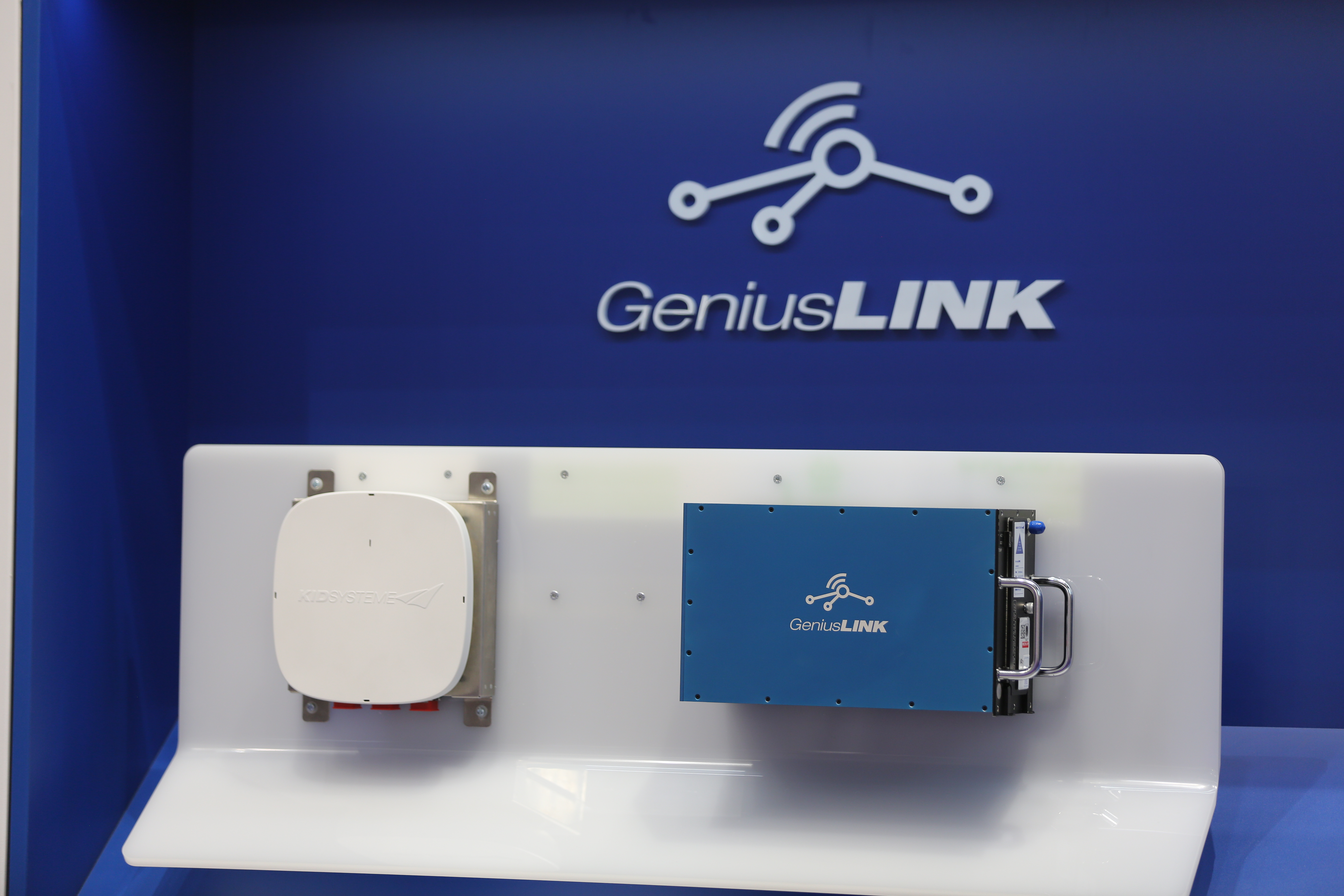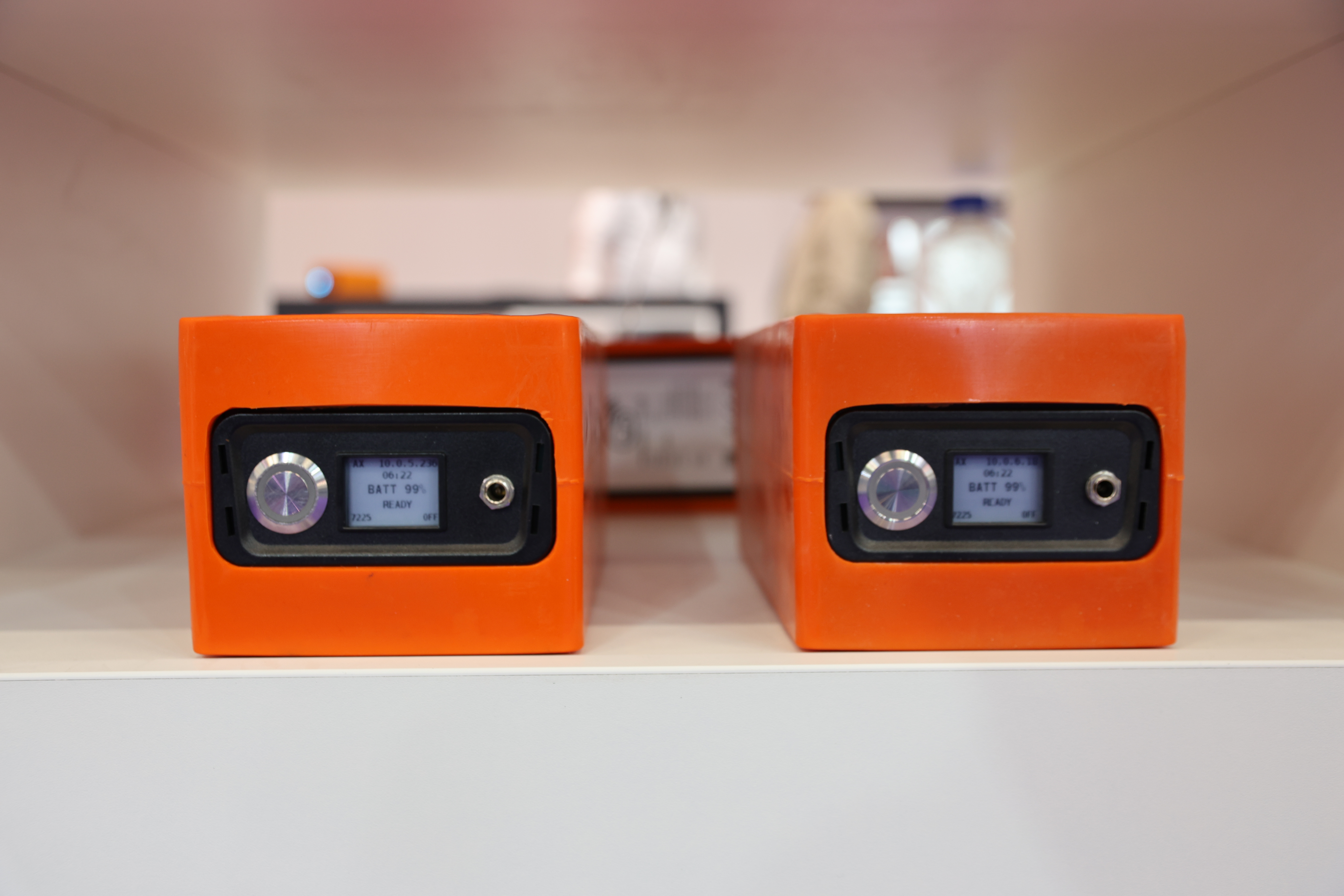
Aviation is in an era where industry is constantly being propelled forward by technological innovation. Connected technologies can now have a a transformative impact on not just passenger experiences (PaxEx) but crew operations also.
The reach of impact on inflight processes of:
- high-speed connectivity
- artificial intelligence (AI)
- extended reality (XR) (including augmented reality (AR), virtual reality (VR) and mixed reality (MR)
and even immersive In-Flight Entertainment and Connectivity (IFEC) has never been broader.
So how are connected technologies elevating the onboard experience?
The ‘Tipping Point’ for connected technologies
As the aviation industry hurtles toward the future, the integration of connected technologies plays a pivotal role in redefining both passenger and crew experiences.
The power of connected ecosystems in aerospace emphasises the importance of data-centric approaches. This allows for the ability to provide the right thing at the right time — whether that be to crew or passengers.
Sensors and IoT
Sensors and the Internet of Things (IoT) are revolutionising how aircraft operate. Real-time data collection and analysis enable airlines to enhance safety, streamline operations, and elevate passenger experiences.
ARINCDirect is just one implementation example, whereby dynamic monitoring tools allow for visual representations of aircraft locations, connectivity status, and network availability.
But from a passenger point of view, this cabin solution also provides a suite of connectivity tools. Passengers can, among other things, utilise onboard cellular connectivity – without network roaming charges.

High-speed connectivity
High-speed connectivity is not merely a luxury; it’s becoming a necessity for modern passengers. Near real-time SATCOM network monitoring and alerts for planned and unplanned connectivity outages can also ensure a seamless and uninterrupted internet connection, enhancing the overall passenger experience.
Artificial Intelligence
Artificial Intelligence (AI) is another true game-changer that is optimising both in-flight processes and passenger interactions. From intelligent seat controls to predictive maintenance, AI is being tested and implemented throughout aircraft cabin interiors.
The adoption of a new digital retailing platform, for example, by Air Europa illustrates how AI enhances the booking process, providing a more flexible and customer-centric experience. The “frictionless” system will be able to offer personalised, revenue-optimal offers to passengers based on data.
End-to-end architecture for cloud and data
The aviation industry’s move towards end-to-end architecture for cloud and data is creating a comprehensive ecosystem. This interconnected network also enables seamless data sharing and integration, breaking silos within organisations and fostering collaborative development with third parties.
Connectivity’s role in passenger experience
Onboard connectivity extends beyond simply internet access and entertainment for passengers onboard. It allows for improved monitoring and relay of a2g data
Connected aviation also goes beyond passenger experiences; it enables the analysis of vast amounts of data generated by aircraft systems. This data-driven approach allows for targeted improvements in operations, demonstrating the potential of connected ecosystems in transforming the aviation industry.
But onboard connectivity also encompasses digital retailing platforms. Air Europa’s Chief Information Officer, Víctor M. Herrero, emphasises the importance of a frictionless shopping and buying experience, highlighting the role of digital solutions in increasing conversion and ancillary sales which are, of course, key to a carrier’s success.

Moreover, a modern interface with the aforementioned intuitive navigation is central to providing passengers with a user-friendly experience. Collins Aerospace’s cabin solution enhancements, for example, focus on alerting passengers for planned and unplanned connectivity outages, ensuring a smooth and trouble-free journey.
The future of connectivity: Synergy in the ecosystem
The future of connectivity lies in the synergy of these ecosystems. As such, connectivity becomes the thread that weaves together a comprehensive “System-of-Systems” in the connected aerospace landscape.
PaxEx: Elevating amenities and accommodations
The ability to leverage data to offer passengers the right thing at the right time has not yet fully outweighed “the human touch”. Beyond the realms of technology, the human touch remains a crucial aspect of elevating the passenger experience.
That’s why airlines are still investing in innovative cabin designs, intuitive seat controls, and luxurious amenities. For example, KLM’s business class product for its 777s exemplifies this commitment, offering passengers not just comfort but an immersive journey as we see the advent of seats with features like “do not disturb” capabilities.
Transformative entertainment and connectivity
Immersive In-Flight Entertainment and Connectivity (IFEC) is also inarguable in how it redefines how passengers experience air travel. IFEC is still one of the chief satisfaction contributors for airline passengers.
Platforms like Flymingo IFEC offerne hardware platforms that also simplify crew operations and enhance safety. With real-time information at their fingertips, cabin crew can focus on providing the best possible passenger experience.
Connected ecosystems bring about a revolution in business and operating models. Aerospace companies are transitioning from a product-focused approach to a product-plus-services model, unlocking new revenue streams and growth opportunities. Connectivity enables these companies to offer a range of services alongside core products, transforming the aviation industry’s business landscape.

Connected aviation goes beyond providing seamless internet access. It empowers airlines to navigate the vast landscape of data generated by aircraft systems. Collins Aerospace’s expertise in connected ecosystems, for example, enables operators to transform data into actionable insights, enhancing operations in targeted ways.
“It’s not enough to simply aggregate and store this data. We need to put this data to use.”
Jennifer Schopfer
President, Connected Aviation Solutions business Unit, Collins Aerospace
The impact of AI on passengers and crew
Artificial Intelligence (AI) is similarly not an area of opportunity that should be overlooked by carriers and is not confined to passenger interactions alone. Its impact extends to crew operations and overall airline efficiency.
Airlines are leveraging AI during various processes, including boarding and ordering, with the hardware enabling these advancements becoming increasingly integral to the aviation industry.
Emirates, for example, are one carrier using generative AI to offer comprehensive training programmes to crew.
“Extended Reality (XR) is a rapidly emerging technology that will propel the aviation industry into the future.”
Al Opher
Vice President, Professional Services, AWS
As such, Artificial Intelligence has the potential to not just be a buzzword; but rather a revolution in the skies. Airlines are leveraging AI during various processes, from boarding to ordering, transforming the entire travel experience. Swiss’s trial use of AI during the boarding process, for one, and British Airways’ personalised service and use of AI to improve operations showcase the growing impact and adoption of AI in enhancing passenger services.
Aviation’s connected future
To navigate the rapidly changing future of the aviation industry, suppliers and airlines will have to consider their fiscal and strategic investment in the technologies mentioned. The synergy of connected technologies will be key for tastemakers, passengers and cabin interiors designers, suppliers and buyers.
From enhancing passenger experiences to optimising crew operations, it’s clear that development in IFEC, AI and more have put the aviation industry on a trajectory of innovation.
AIX stands as the epicenter of this journey, bringing together industry leaders, innovators, and stakeholders to discuss, redefine and do business. The future of air travel is not just about reaching destinations; it’s about creating seamless, immersive, and unforgettable journeys.
